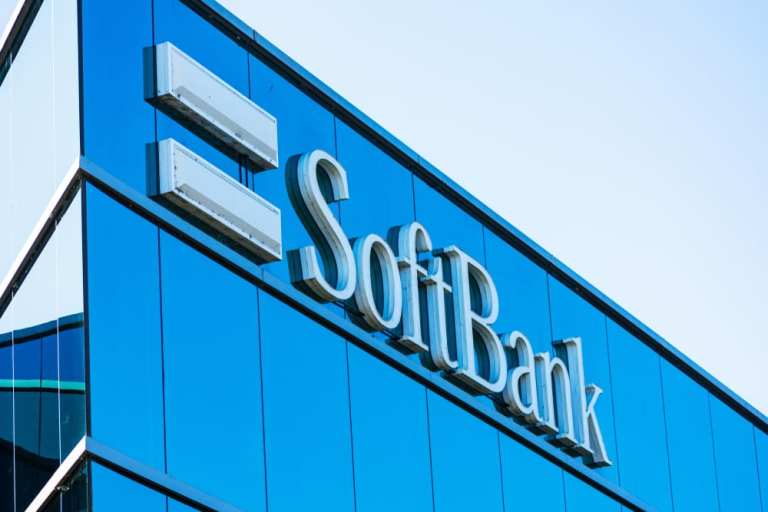SoftBank’s Vision Fund Startups See Spate Of Layoffs

As far as investments go, SoftBank’s Vision Fund’s recent bumps and bruises, and the state of many of its once high-flying holdings, bring to mind that scene in a long-ago Monty Python movie focused on the Holy Grail. In that film, the plague has struck, and the carts are in the streets collecting the bodies…
“Bring out your dead.”
A quick scan of the holdings in the Vision Fund shows the vagaries of investing huge sums of money across the tech landscape, where the overall theme – disruption of various verticals, sea changes in the way it’s always been done – has itself led to disruption, likely of the Vision Fund’s returns and possibly, down the line, of investment strategy.
The latest news is that the $100 billion fund’s holdings (where filings indicate more than $70 billion in committed/deployed capital) are encountering any number of operational challenges. That’s evident in the widespread spate of layoffs that are being announced across various startups in which the fund has a stake, spanning continents.
New, year, new strategies, perhaps. Yet staff layoffs are often a way to cut costs when the top line is not getting the traction once expected.
In the latest examples, Zume is reportedly cutting half of its workforce, shedding 360 positions, and will seek to make packages from plant fibers where it had previously sought to upend the pizza delivery business through the use of robots, as noted in the Financial Times. No doubt the $375 million funding ponied up by the Vision Fund in 2018 will be written down.
Other headlines show that Oyo Hotels is slashing thousands of positions across India and China, firing 5 percent of its 12,000 staffers in China and 12 percent of its 10,000 staffers in India, per Livemint. SoftBank has roughly $1.5 billion invested in Oyo, as some hotel owners in China have said the short-term rental firm has reneged on its contractual commitments tied to guaranteed income.
Several other SoftBank-backed startups, including the car leasing company Fair and construction group Katerra, announced layoffs affecting hundreds of employees late last year.
Here’s another casualty: Getaround, the peer-to-peer (P2P) car-sharing firm, is cutting its workforce by 25 percent, giving the pink slip to 150 employees. Also in the auto industry, in October, Fair, which focuses on vehicle leases done through apps, said it would lay off 40 percent of its staff. Late this week, Rappi, a Latin America-based on-demand delivery firm for meals and other goods, is laying off 6 percent of its staff, eliminating 300 positions.
Obviously, it’s not just about WeWork anymore, or Uber. The damage and fallout from WeWork, in particular, has had a notable impact – having ponied up billions of dollars to bail out the beleaguered real estate investment company, SoftBank owns 80 percent of a revamp-in-progress.
Also not likely to boost confidence: Axios reports this week that the Vision Fund has “walked away” from investing in a number of startup companies, after having participated in term sheets “worth hundreds of millions of dollars and promising that closing delays were only temporary.” (To offer a bit of added detail here: Term sheets show evidence of intent, but are not legally binding.)
Some Struggles
There’s an old business maxim that goes something like this: You cannot cut your way to profitability. The Vision Fund (and, by extension, SoftBank), with equity stakes across these struggling entities, shares in the travails of these firms, as writedowns loom. Writedowns are an accounting construct, while cash crunches are real, and may require further investment to prop up firms – which could ultimately result in the value of the investment being wiped out in a very real way.
The numbers are less than precise, because these are private companies and thus need not report how they are doing every quarter. Either way you slice it, the negative headlines and negative investment sentiment surrounding these would-be and has-been unicorns may have a chilling effect on plans for SoftBank to get more money into more funds.
New capital is the lifeblood of growth, of course. The fact that SoftBank, as The Times of India reported, could be aiming for a “smaller” Vision Fund 2 may hint at dialed-back expectations or the intent to digest what’s already in Vision Fund 1. As reported, SoftBank had been aiming to raise $108 billion for the second fund – now it could be, according to the publication, half that amount.
The Broader Landscape
The latest results for the December period are not out yet, so we do not know the impact of writedowns on these startup names. With the July-to-September quarter representing the first quarterly loss in 14 years, tied to WeWork and Uber (where the fund reported a total $8.9 billion loss), more bumps may lie ahead. The fund, into 2020, was up 15 percent as of the third quarter of the year.
Nothing to sneeze at, but in general, the rule of thumb is that VCs target returns of at least 20 percent a year. It’s a bit tough to get a good sense of real return on VC investments (and thus, industry-wide benchmarks), because that happens when the holdings are sold or the privately held companies go public. Then again, in 2019, the broad-based S&P 500 was up more than 30 percent, including dividends.
Food for thought where, in the land of the unicorn, big bets have led to big fizzles.